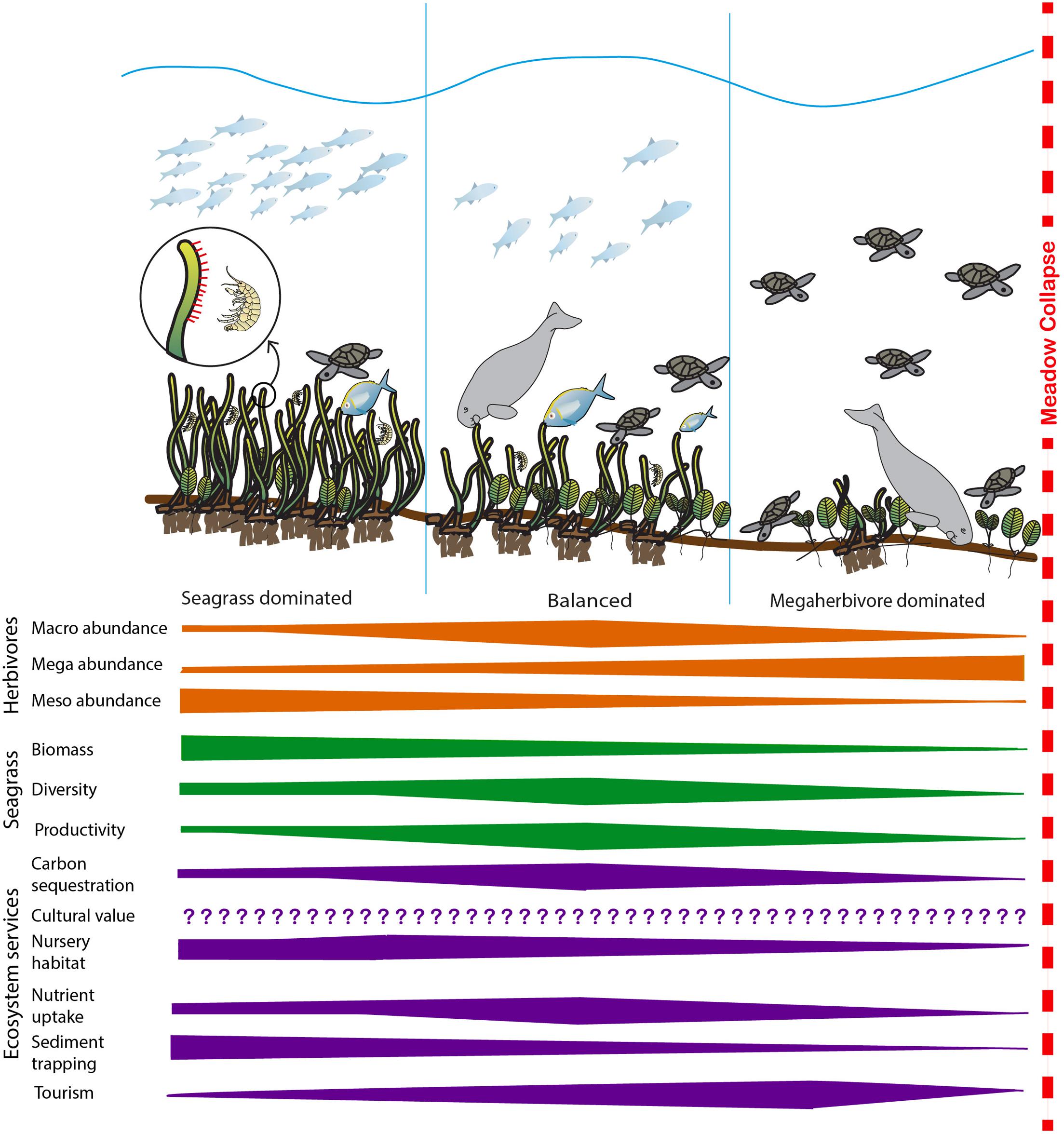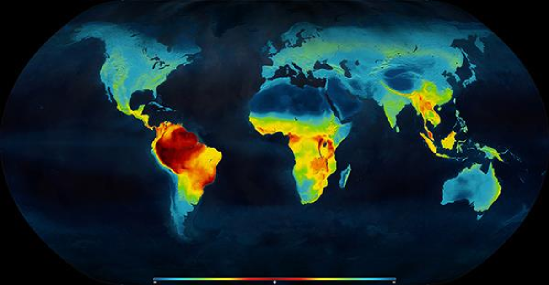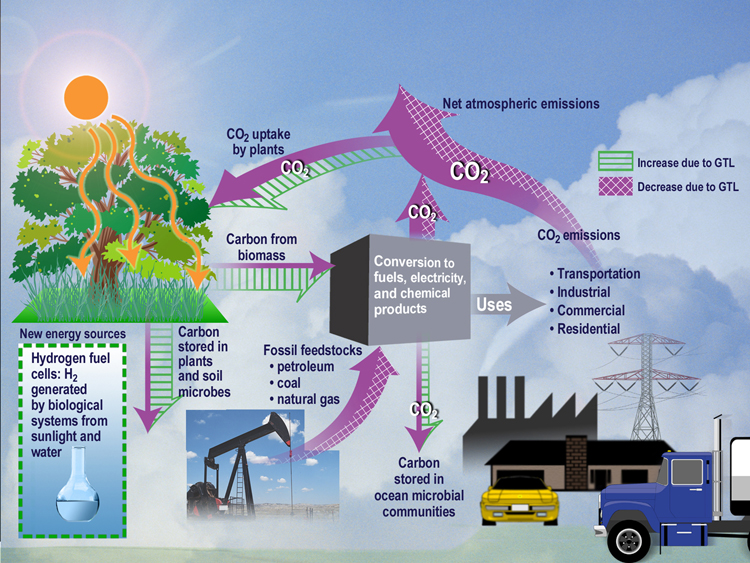|
Rank Abundance Curve
A rank abundance curve or Whittaker plot is a chart used by ecologists to display relative species abundance, a component of biodiversity. It can also be used to visualize species richness and species evenness. It overcomes the shortcomings of diversity index, biodiversity indices that cannot display the relative role different variables played in their calculation. The curve is a 2D chart with relative abundance on the Y-axis and the abundance rank on the X-axis. * X-axis: The abundance rank. The most abundant species is given rank 1, the second most abundant is 2 and so on. * Y-axis: The relative abundance. Usually measured on a log scale, this is a measure of a species abundance (e.g., the number of individuals) relative to the abundance of other species. Interpreting a rank abundance curve The rank abundance curve visually depicts both species richness and species evenness. Species richness can be viewed as the number of different species on the chart i.e., how many species we ... [...More Info...] [...Related Items...] OR: [Wikipedia] [Google] [Baidu] |
Relative Species Abundance
Relative species abundance is a component of biodiversity and is a measure of how common or rare a species is relative to other species in a defined location or community.Hubbell, S. P. 2001. ''The unified neutral theory of biodiversity and biogeography''. Princeton University Press, Princeton, N.J. Relative abundance is the percent composition of an organism of a particular kind relative to the total number of organisms in the area. Relative species abundances tend to conform to specific patterns that are among the best-known and most-studied patterns in macroecology. Different populations in a community exist in relative proportions; this idea is known as relative abundance. Introduction Relative species abundance Relative species abundance and species richness describe key elements of biodiversity. Relative species abundance refers to how common or rare a species is relative to other species in a given location or community.McGill, B. J., Etienne R. S., Gray J. S., Alonso D., A ... [...More Info...] [...Related Items...] OR: [Wikipedia] [Google] [Baidu] |
Biodiversity
Biodiversity or biological diversity is the variety and variability of life on Earth. Biodiversity is a measure of variation at the genetic (''genetic variability''), species (''species diversity''), and ecosystem (''ecosystem diversity'') level. Biodiversity is not distributed evenly on Earth; it is usually greater in the tropics as a result of the warm climate and high primary productivity in the region near the equator. Tropical forest ecosystems cover less than 10% of earth's surface and contain about 90% of the world's species. Marine biodiversity is usually higher along coasts in the Western Pacific, where sea surface temperature is highest, and in the mid-latitudinal band in all oceans. There are latitudinal gradients in species diversity. Biodiversity generally tends to cluster in hotspots, and has been increasing through time, but will be likely to slow in the future as a primary result of deforestation. It encompasses the evolutionary, ecological, and cultural ... [...More Info...] [...Related Items...] OR: [Wikipedia] [Google] [Baidu] |
Species Richness
Species richness is the number of different species represented in an ecological community, landscape or region. Species richness is simply a count of species, and it does not take into account the abundances of the species or their relative abundance distributions. Species richness is sometimes considered synonymous with species diversity, but the formal metric species diversity takes into account both species richness and species evenness. Sampling considerations Depending on the purposes of quantifying species richness, the individuals can be selected in different ways. They can be, for example, trees found in an inventory plot, birds observed from a monitoring point, or beetles collected in a pitfall trap. Once the set of individuals has been defined, its species richness can be exactly quantified, provided the species-level taxonomy of the organisms of interest is well enough known. Applying different species delimitations will lead to different species richness values ... [...More Info...] [...Related Items...] OR: [Wikipedia] [Google] [Baidu] |
Species Evenness
Species evenness refers to how close in numbers each species in an environment is. Mathematically it is defined as a diversity index, a measure of biodiversity which quantifies how equal the community is numerically. So if there are 40 foxes and 1000 dogs, the community is not very even. But if there are 40 foxes and 42 dogs, the community is quite even. The evenness of a community can be represented by Pielou's evenness index: :J'= Where H^\prime is the number derived from the Shannon diversity index and H_\max^\prime is the maximum possible value of H^\prime (if every species was equally likely), equal to: :H^\prime_\max = - \sum_^S \ln = \ln S. ''J is constrained between 0 and 1. The less evenness in communities between the species (and the presence of a dominant species), the lower ''J is. And vice versa. Other indices have been proposed by authors where H_\min^\prime > 0 e.g. Hurlburt's evenness index. S is the total number of species. Species evenness requires ecolog ... [...More Info...] [...Related Items...] OR: [Wikipedia] [Google] [Baidu] |
Diversity Index
A diversity index is a quantitative measure that reflects how many different types (such as species) there are in a dataset (a community), and that can simultaneously take into account the phylogenetic relations among the individuals distributed among those types, such as ''richness'', ''divergence'' or ''evenness''. These indices are statistical representations of biodiversity in different aspects ( richness, evenness, and dominance). Effective number of species or Hill numbers When diversity indices are used in ecology, the types of interest are usually species, but they can also be other categories, such as genera, families, functional types, or haplotypes. The entities of interest are usually individual plants or animals, and the measure of abundance can be, for example, number of individuals, biomass or coverage. In demography, the entities of interest can be people, and the types of interest various demographic groups. In information science, the entities can be chara ... [...More Info...] [...Related Items...] OR: [Wikipedia] [Google] [Baidu] |
Rank Abundance Chart
Rank is the relative position, value, worth, complexity, power, importance, authority, level, etc. of a person or object within a ranking, such as: Level or position in a hierarchical organization * Academic rank * Diplomatic rank * Hierarchy * Hierarchy of the Catholic Church * Military rank * Police ranks of the United States * Ranking member, S politicsthe most senior member of a committee from the minority party, and thus second-most senior member of a committee * Imperial, royal and noble ranks Level or position in society *Social class *Social position *Social status Places * Rank, Iran, a village * Rank, Nepal, a village development committee People * Rank (surname), a list of people with the name Arts, entertainment, and media Music * ''Rank'' (album), a live album by the Smiths * "Rank", a song by Artwork from '' A Bugged Out Mix'' Other arts, entertainment, and media * Rank (chess), a row of the chessboard * ''Rank'' (film), a short film directed by David ... [...More Info...] [...Related Items...] OR: [Wikipedia] [Google] [Baidu] |
Species Abundance
In ecology, local abundance is the relative representation of a species in a particular ecosystem. It is usually measured as the number of individuals found per sample. The ratio of abundance of one species to one or multiple other species living in an ecosystem is referred to as relative species abundances. Both indicators are relevant for computing biodiversity. A variety of sampling methods are used to measure abundance. For larger animals, these may include spotlight counts, track counts and roadkill counts, as well as presence at monitoring stations. In many plant communities the abundances of plant species are measured by plant cover, i.e. the relative area covered by different plant species in a small plot. Abundance is in simplest terms usually measured by identifying and counting every individual of every species in a given sector. It is common for the distribution of species to be skewed so that a few species take up the bulk of individuals collected. Relative specie ... [...More Info...] [...Related Items...] OR: [Wikipedia] [Google] [Baidu] |
R (programming Language)
R is a programming language for statistical computing and graphics supported by the R Core Team and the R Foundation for Statistical Computing. Created by statisticians Ross Ihaka and Robert Gentleman, R is used among data miners, bioinformaticians and statisticians for data analysis and developing statistical software. Users have created packages to augment the functions of the R language. According to user surveys and studies of scholarly literature databases, R is one of the most commonly used programming languages used in data mining. R ranks 12th in the TIOBE index, a measure of programming language popularity, in which the language peaked in 8th place in August 2020. The official R software environment is an open-source free software environment within the GNU package, available under the GNU General Public License. It is written primarily in C, Fortran, and R itself (partially self-hosting). Precompiled executables are provided for various operating systems. R ... [...More Info...] [...Related Items...] OR: [Wikipedia] [Google] [Baidu] |
Max Rank Normalization
Max or MAX may refer to: Animals * Max (dog) (1983–2013), at one time purported to be the world's oldest living dog * Max (English Springer Spaniel), the first pet dog to win the PDSA Order of Merit (animal equivalent of OBE) * Max (gorilla) (1971–2004), a western lowland gorilla at the Johannesburg Zoo who was shot by a criminal in 1997 Brands and enterprises * Australian Max Beer * Max Hamburgers, a fast-food corporation * MAX Index, a Hungarian domestic government bond index * Max Fashion, an Indian clothing brand Computing * MAX (operating system), a Spanish-language Linux version * Max (software), a music programming language * Commodore MAX Machine * Multimedia Acceleration eXtensions, extensions for HP PA-RISC Films * ''Max'' (1994 film), a Canadian film by Charles Wilkinson * ''Max'' (2002 film), a film about Adolf Hitler * ''Max'' (2015 film), an American war drama film Games * ''Dancing Stage Max'', a 2005 game in the ''Dance Dance Revolution'' series * '' ... [...More Info...] [...Related Items...] OR: [Wikipedia] [Google] [Baidu] |
Biodiversity
Biodiversity or biological diversity is the variety and variability of life on Earth. Biodiversity is a measure of variation at the genetic (''genetic variability''), species (''species diversity''), and ecosystem (''ecosystem diversity'') level. Biodiversity is not distributed evenly on Earth; it is usually greater in the tropics as a result of the warm climate and high primary productivity in the region near the equator. Tropical forest ecosystems cover less than 10% of earth's surface and contain about 90% of the world's species. Marine biodiversity is usually higher along coasts in the Western Pacific, where sea surface temperature is highest, and in the mid-latitudinal band in all oceans. There are latitudinal gradients in species diversity. Biodiversity generally tends to cluster in hotspots, and has been increasing through time, but will be likely to slow in the future as a primary result of deforestation. It encompasses the evolutionary, ecological, and cultural ... [...More Info...] [...Related Items...] OR: [Wikipedia] [Google] [Baidu] |
Systems Ecology
Systems ecology is an interdisciplinary field of ecology, a subset of Earth system science, that takes a holism, holistic approach to the study of ecological systems, especially ecosystems. Systems ecology can be seen as an application of general systems theory to ecology. Central to the systems ecology approach is the idea that an ecosystem is a complex system exhibiting emergent properties. Systems ecology focuses on interactions and transactions within and between biological and ecological systems, and is especially concerned with the way the functioning of ecosystems can be influenced by human interventions. It uses and extends concepts from thermodynamics and develops other macroscopic descriptions of complex systems. Overview Systems ecology seeks a Holism, holistic view of the interactions and transactions within and between biological and ecological systems. Systems ecologists realise that the function of any ecosystem can be influenced by human economics in fundamental ... [...More Info...] [...Related Items...] OR: [Wikipedia] [Google] [Baidu] |



